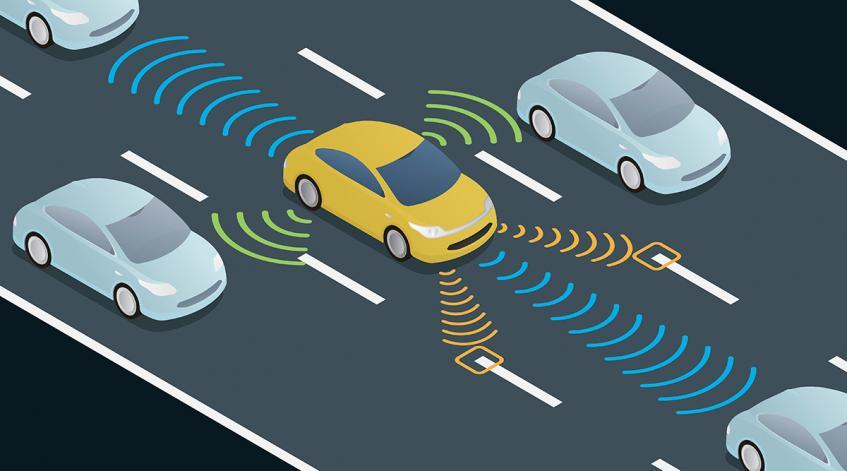April 2020, the U.N. held a virtual meeting on Zoom discussing the implications of self-driving autonomous cars, and how COVID-19 has impacted the production and advancement of the technology.
The panel consisted of three guest speakers, all of whom have experience in the field of automation and machine learning.
First introduced to the panel was Brandon Balcom, who is the chair of the smart and safe mobility track for API. He is also on the chair of the ICU focus group for autonomous and assisted driving.
Michelle Avary was then introduced. She is the head of automotive and autonomous mobility at the World Economic Forum. The World Economic Forum’s purpose is to tie the interests between government and production. The forum is a private-public partnership whose mission is to improve the state of the world.
Avary, who is from the San Francisco Bay Area, noted that most self-driving production and research has stopped because of the COVID-19 Pandemic.
Missy Cummings was the last to be introduced. She is a professor at Duke University, and she specializes in robotics and automation. She teaches labs that focus on autonomous technologies, especially their implication in a world full of people.
Cummings wanted to note that the math behind machine learning and automation is often subjective and full of bias from the designers. This, alongside another glaring issue, has been to the detriment of the self-driving car development.
That issue being the perception systems in these cars. Automation in the past has generally been given to robots that need to do repetitive tasks (sealing boxes, lifting and moving, other factory-esque tasks), but in the case of self-driving cars, the tasks that need to be done are not as clear-cut. These cars need to account for a multitude of scenarios; cars need to be ready for snow, sleet, rain, other cars, and so on. These factors don’t even account for the speed of the car, which is a variable that only complicates the development further. Current systems of perception aren’t ready to account for all of these variables while a car is traveling at highway speeds, according to Cummings. This is the greatest difficulty the development is facing.
Avary did note that she sees a lucrative market for the cars that travel slower, as they can make deliveries and travel shorter distances.
Cummings is also optimistic about the long-term future. She notes that while sensor technology is not quite there right now, it will be soon, so long as there is interest and investment.
In the U.S., the pandemic has provided a great difficulty for the development of self-driving cars. Originally, 2020 was slated for the release of these cars on the road, but that won’t be the case. China has been continuing research during this time, as they have the world leader for developing the necessary technologies for automation.
Current developments in remote driving have proven that the industry has come a long way. With the advent of 5g technology, it is possible to now drive a truck from 2,000 miles away. With a widened range of 5g networks, remotely operated driving can and will be a possibility for many. These developments serve to be the precursors for the automated self-driving developments, and the good news is that the technology available for remote driving is already here.
While the future of the industry looks promising, getting past the hurdle of COVID-19 is a necessary step in the development of this technology, and this event made that abundantly clear.
The McClure School of Emerging Communication Technologies strives to offer the best academic programs in the IT (Information Technology) , the game development and the Virtual Reality/Augmented Reality (VR/AR) industries. Our programs and certificates cover numerous aspects of the rapidly changing industries of information networking, information security, data privacy, game development , digital animation and the academic side of esports .

